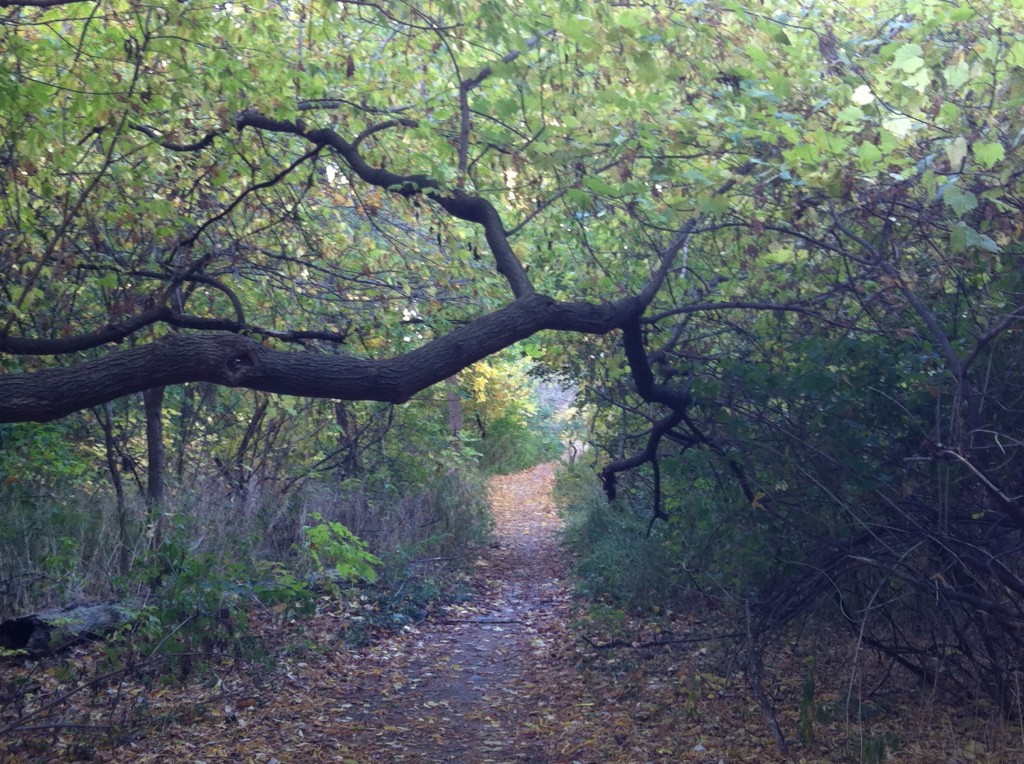 A few weeks ago John, whose allergies had finally gotten the best of him, went to see a doctor about it. Tests reveal that he is a tad allergic to our cats, and very allergic to trees. Birches in particular.
A few weeks ago John, whose allergies had finally gotten the best of him, went to see a doctor about it. Tests reveal that he is a tad allergic to our cats, and very allergic to trees. Birches in particular.
This hasn’t stopped him from accompanying me on walks along the Milwaukee River, which is flanked by thick woods on both sides. We go there about once a week. Instead of taking the bike path that runs high above the water, we take the ones that run alongside it.
The first time I discovered the river was four or so years ago, with John’s sister, a runner who lived the next neighborhood over. She and I used to meet at the foot of the North Avenue Bridge, trudge down a steep path to the river, and then take off running to the right, toward Locust Avenue.
 She was going through a divorce at the time. We used to talk about it, and so many other things, while taking to the trails in our Nikes and tights. She shared her water with me. We met every Saturday and ran in the sunshine, the fog, the rain, the snow. She moved to the upper Northwest a few years ago and got remarried this past summer.
She was going through a divorce at the time. We used to talk about it, and so many other things, while taking to the trails in our Nikes and tights. She shared her water with me. We met every Saturday and ran in the sunshine, the fog, the rain, the snow. She moved to the upper Northwest a few years ago and got remarried this past summer.
A few months before John’s sister remarried, her ex-husband died. He had a past deeper and darker than most, and John and I loved him dearly. More than most people I have ever known, he made me laugh – hard laughs that shook the dust out. I felt good every time I was around him.
His memorial service was at the mega-bible-church where he and John’s sister had been active, before the marriage went sour. His ashes sat in a beautiful wooden box under a light next to some flowers and an American flag (Vietnam vet). When no one was in the room I picked up the box and held it close. I don’t know why ashes are so heavy.
The service started out nice enough. But somewhere in the middle it turned from a service for a friend, a lover, a father, to proselytizing. And more proselytizing. The deceased’s name had stopped being used for ten, fifteen, twenty minutes. The people whose hands were not lifted up to the Lord started shifting in their seats. The son of our ex-brother-in-law, sitting up front and restless, got up and walked out, looking at his cell phone as if he’d just received an important text. I was itchy myself.
“I can’t stay here,” I whispered to John. “I’ll meet you outside.”
I walked out the front doors into the sunshine. There were a few other people there: a couple of smokers and the son, who was fidgeting with his cell. I sat on the curb to the parking lot, a good six feet away from him and the trashcan he was standing next to.
 “Beautiful out,” I said.
“Beautiful out,” I said.
“Yeah, it is,” he said, staring across the lot. He rubbed his mouth with the back of his hand.
“I’m sorry, but I couldn’t take it anymore,” I said, jerking my head back toward the church.
He sat down. “I know,” he said, “what the fuck was that?”
An excited conversation began between the two of us, during which, while we both acknowledged that his father, my friend, was indeed a God-fearing man, whatever was going on in that church right now was not him.
“I wasn’t always close to my father, but we were when he died,” said the son. “Those people in there, the things they said about him, those happened years ago.” He growled in anguish. “I don’t even know who most of them are.”
The doors of the church opened and people started joining us out at the curb: the son’s wife, brother, sister-in-law, nieces, nephews, friends. John.
The son fiddled with his cell again and then thrust it toward his wife. “Would you please fix this?” he said. “I threw it against the trashcan and now it won’t work.”
That was six months ago. It feels like six years.
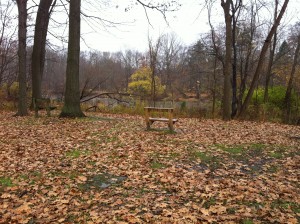 I don’t run in the woods anymore. But John and I strap on our boots and hike the trails up one side of the Milwaukee River, cross the Locust Street Bridge to the other side, and hike the trails back. We have been doing this one year now, long enough to see what it looks like in all four seasons. There are runners. Mountain bikers. Couples with dogs. Kids. Some who look at you like they wish you weren’t there when you pass by.
I don’t run in the woods anymore. But John and I strap on our boots and hike the trails up one side of the Milwaukee River, cross the Locust Street Bridge to the other side, and hike the trails back. We have been doing this one year now, long enough to see what it looks like in all four seasons. There are runners. Mountain bikers. Couples with dogs. Kids. Some who look at you like they wish you weren’t there when you pass by.
And then you remember your own youth, when you looked at adults the same way. Walking the trails with John this week, I suddenly remember that the woods have figured prominently in my life. The woods on both sides of my grandparents’ house, before houses were built there. The woods behind their house, at the bottom of the hill, where we swung on vines and walked the path down to the Wards’ house. The woods next to our elementary school, where we climbed trees, built forts out of fallen branches, and took paths down to the creek. The park where Sally and I got drunk on vodka and Sprite one school night. The woods that ran alongside my house in Wisconsin, where I saw my first scarlet tanager and a wild turkey running like a banshee, and where I buried a beloved pet.
Somebody else lives in my grandparents’ house now. I moved out of the house in Wisconsin because the man I was living there with was abusive. The woods alongside our old school were razed to make way for a new housing development. When you go there now, you can see the houses through the few trees that are left.
Paul Zasadny has built some nests – incredible works of art – in the woods along the Milwaukee River. I wrote about them and him in “On the Badger Bus and in the woods.”
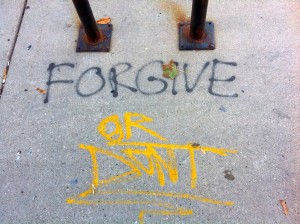 Ever since dog-friendly Park Lafayette opened – two new towers built atop a former green space a block and half away from our building – we have a lot more pups in our neighborhood. Big, small, pedigreed, mutts: they are everywhere now, chasing balls on the beach, sauntering past sidewalk cafés, waiting for their owners outside the market.
Ever since dog-friendly Park Lafayette opened – two new towers built atop a former green space a block and half away from our building – we have a lot more pups in our neighborhood. Big, small, pedigreed, mutts: they are everywhere now, chasing balls on the beach, sauntering past sidewalk cafés, waiting for their owners outside the market.




















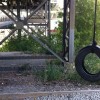
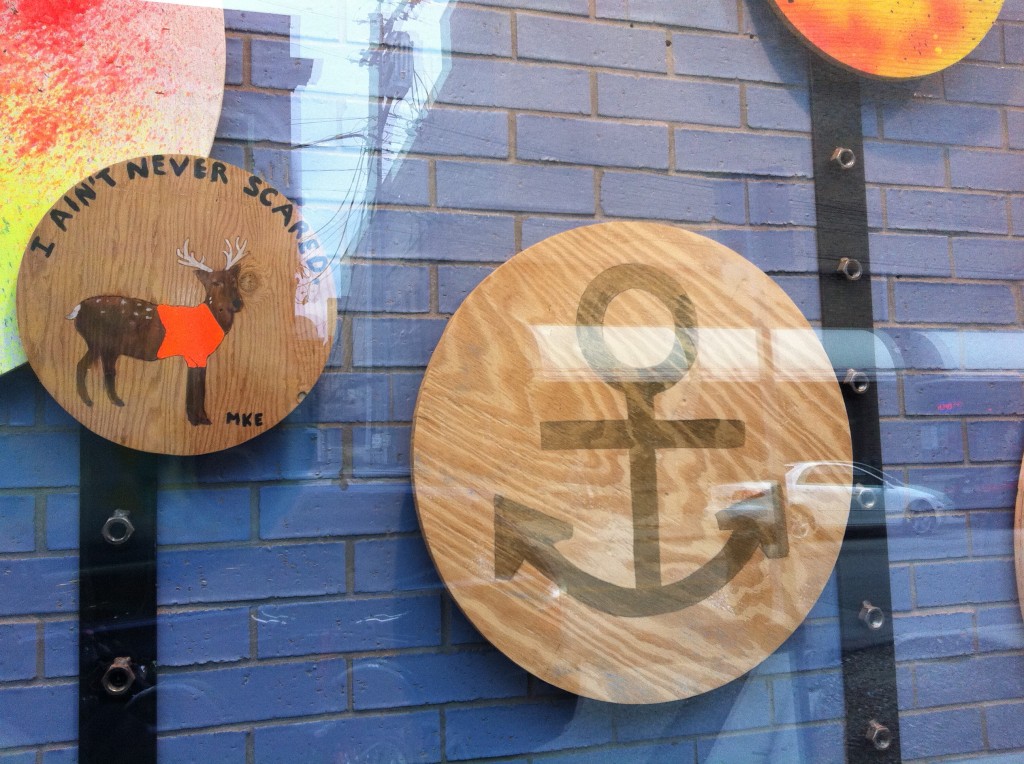











































































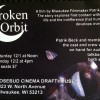
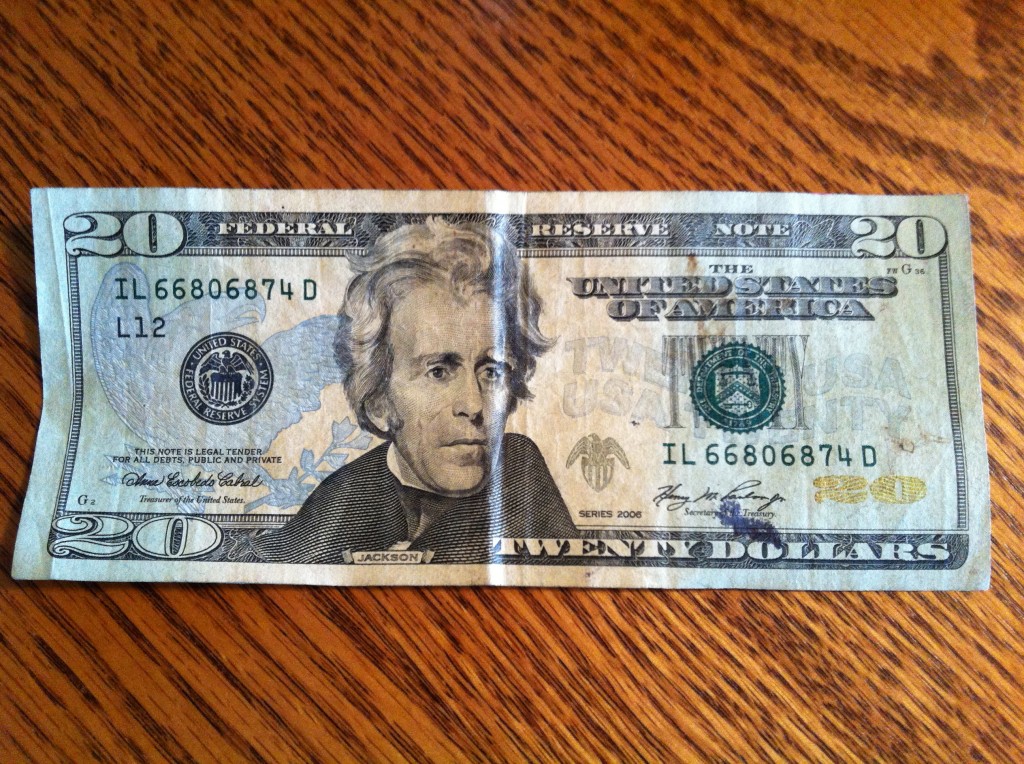
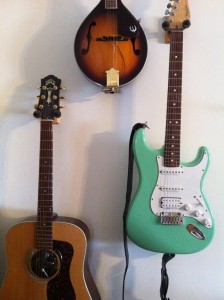
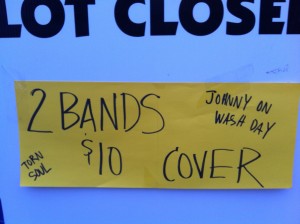
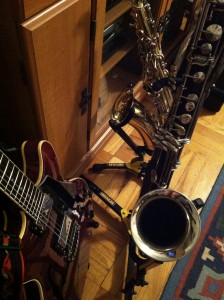
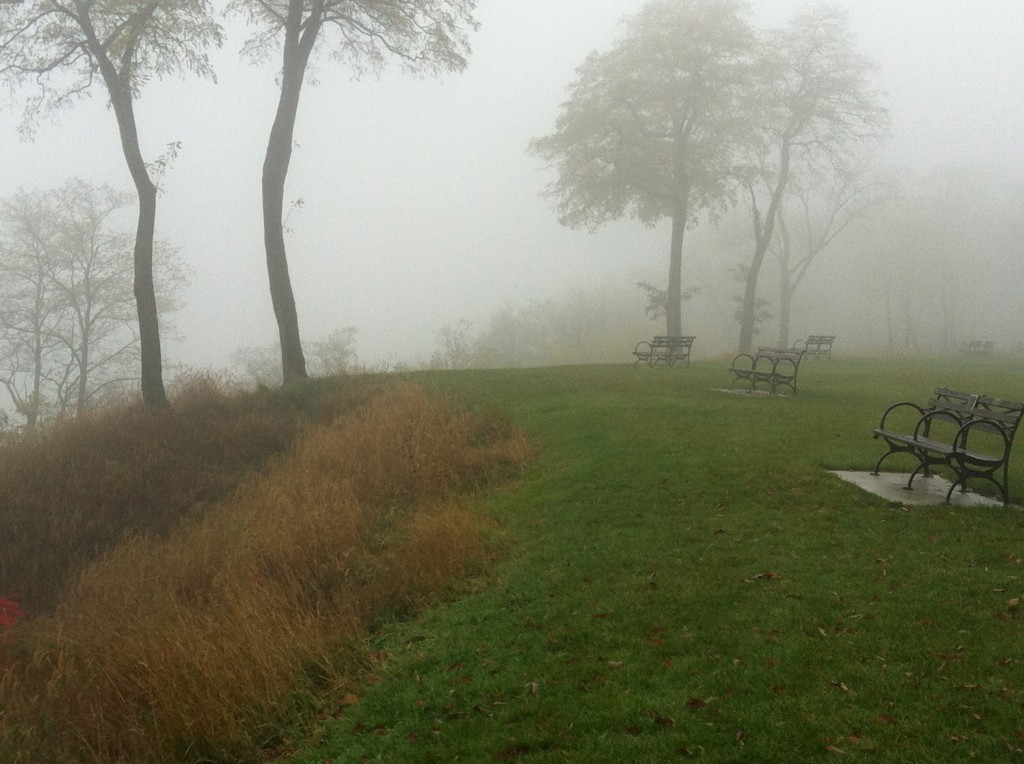
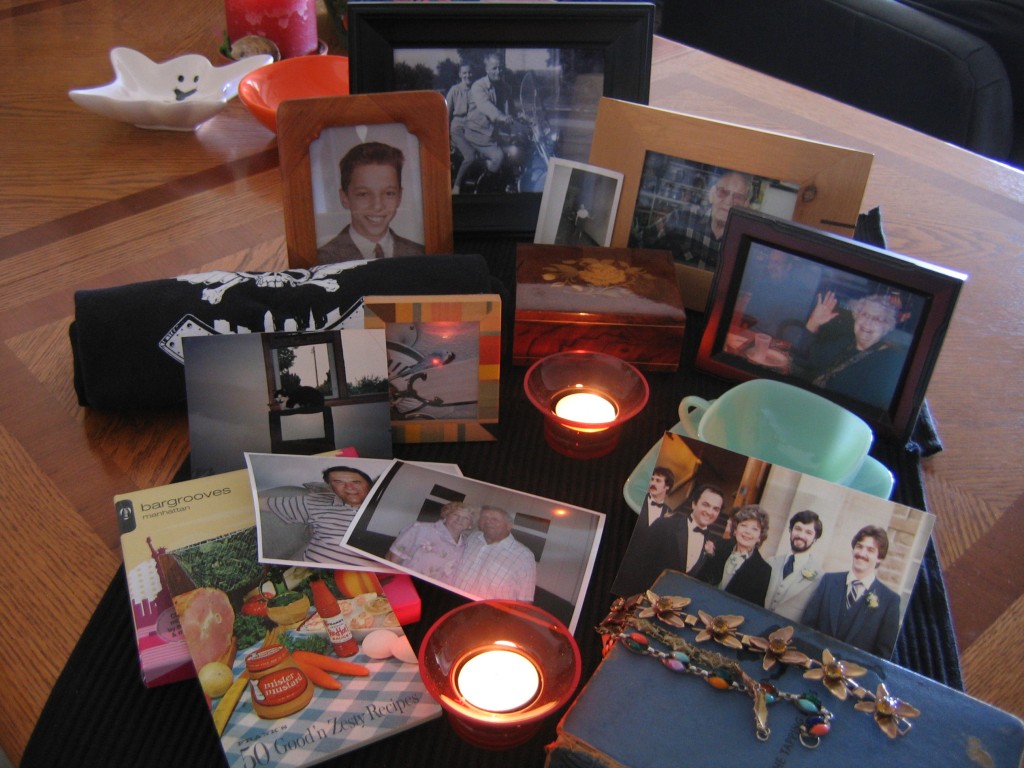
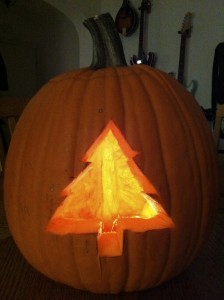










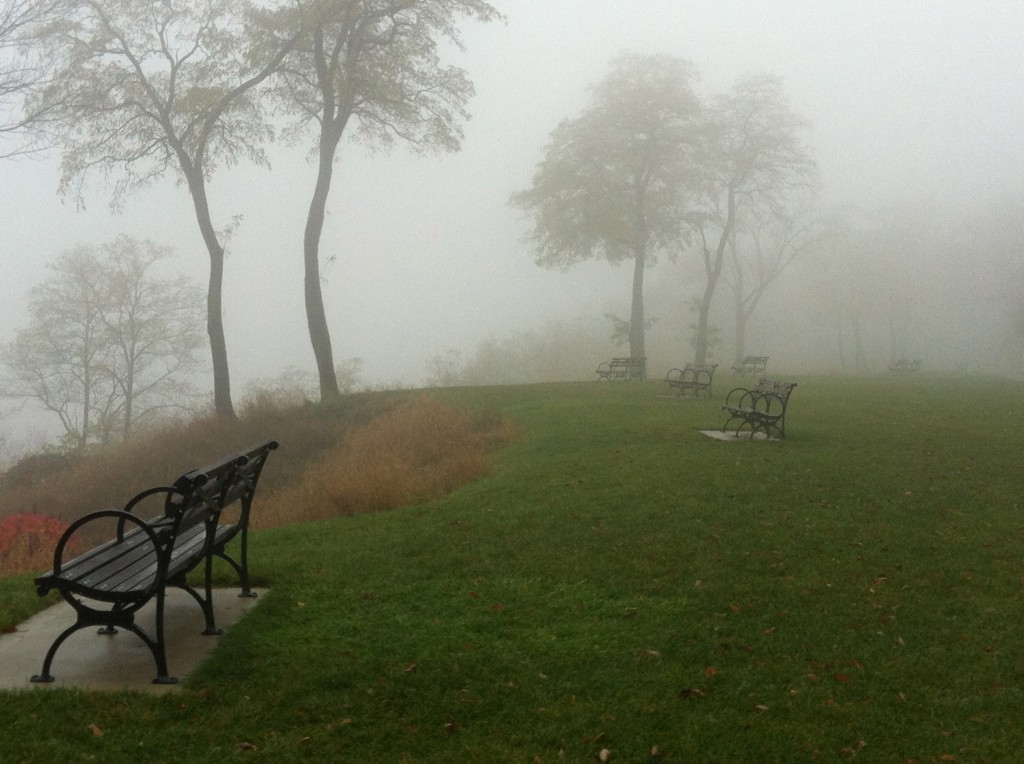

























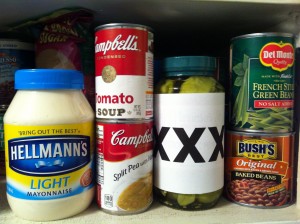
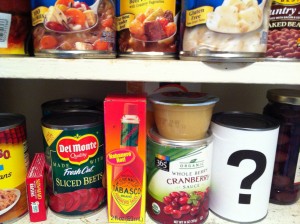
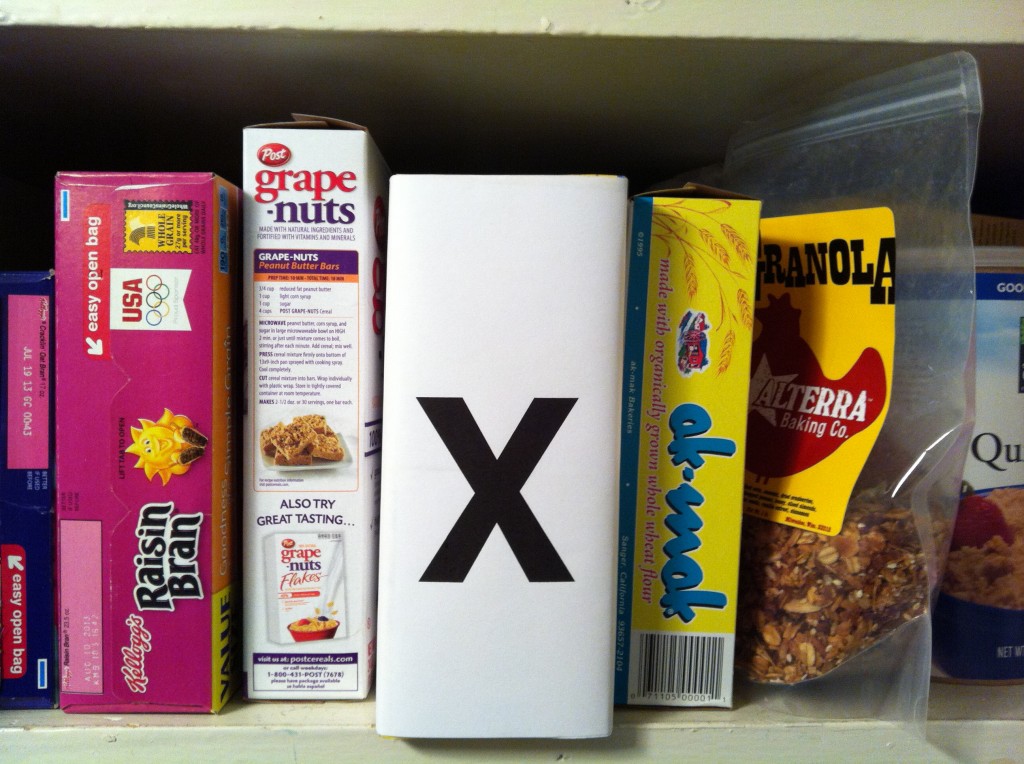
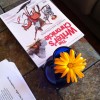
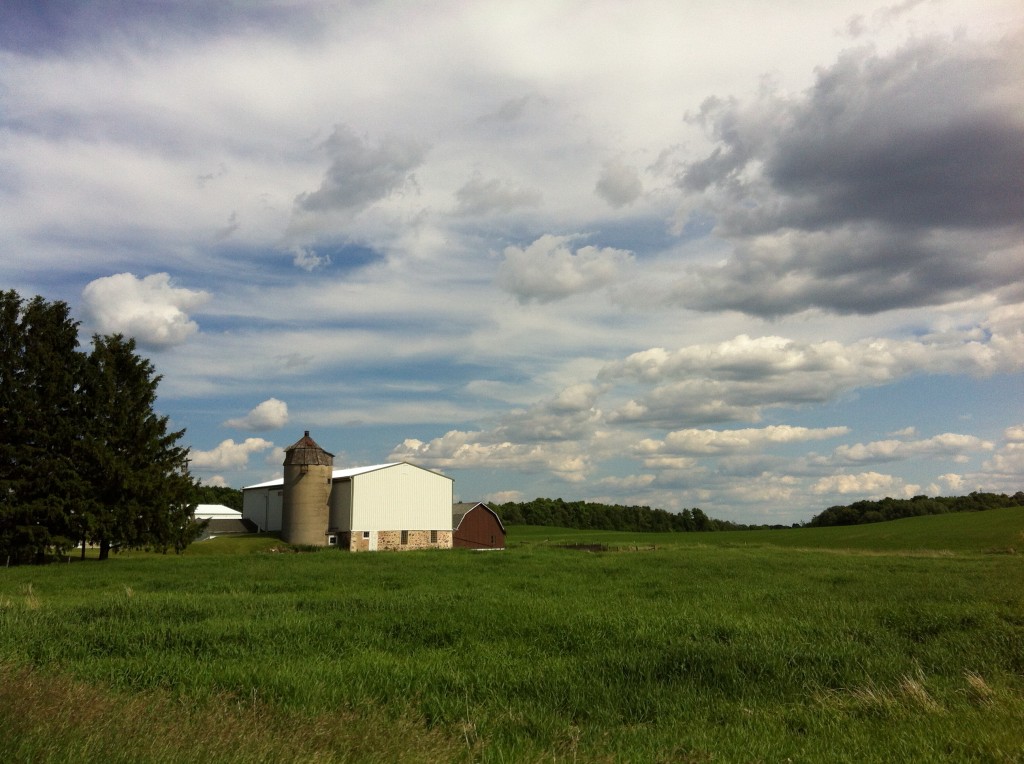
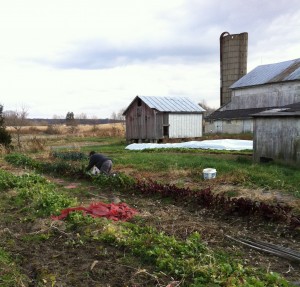
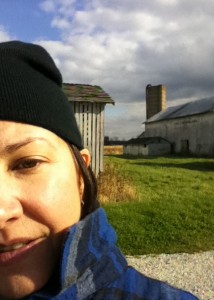

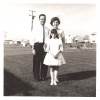
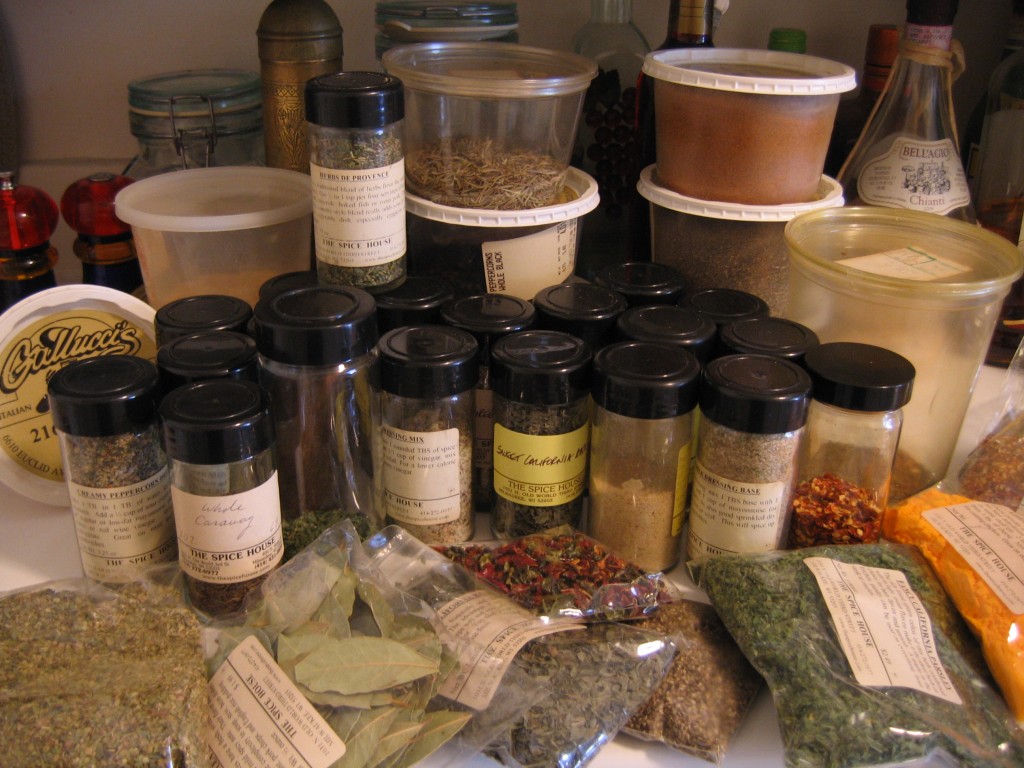















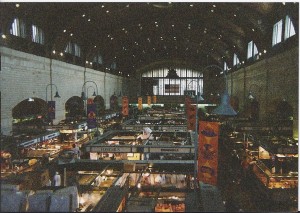

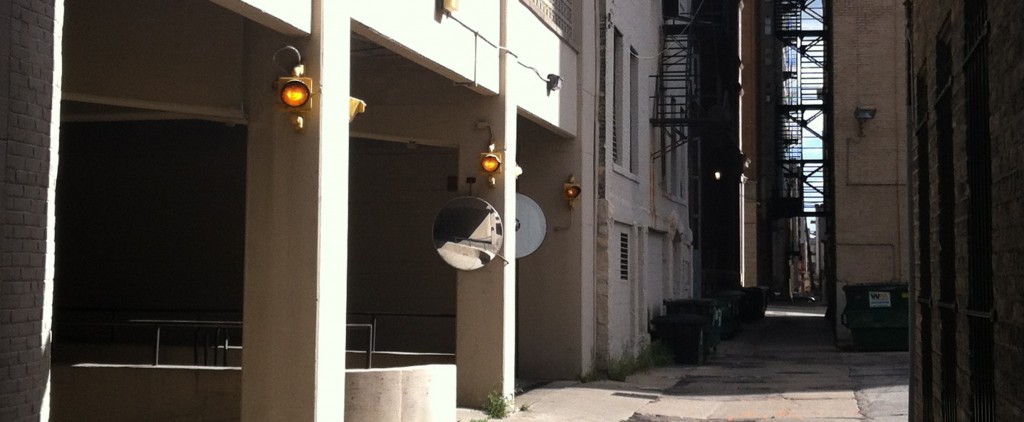
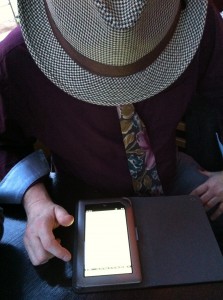
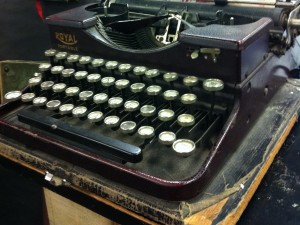
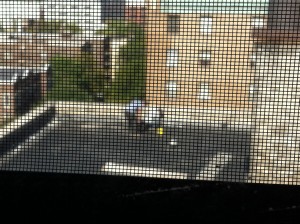
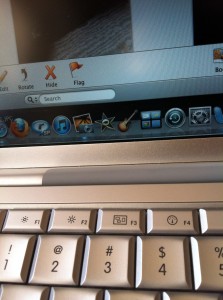
Recent Comments